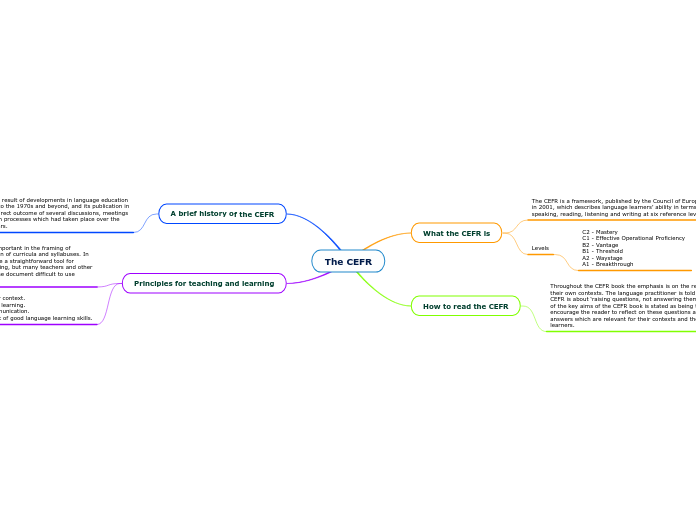da Алёна Ильина mancano 5 anni
371
The CEFR

da Алёна Ильина mancano 5 anni
371

Più simili a questo
A plurilingual approach
The communicative approach